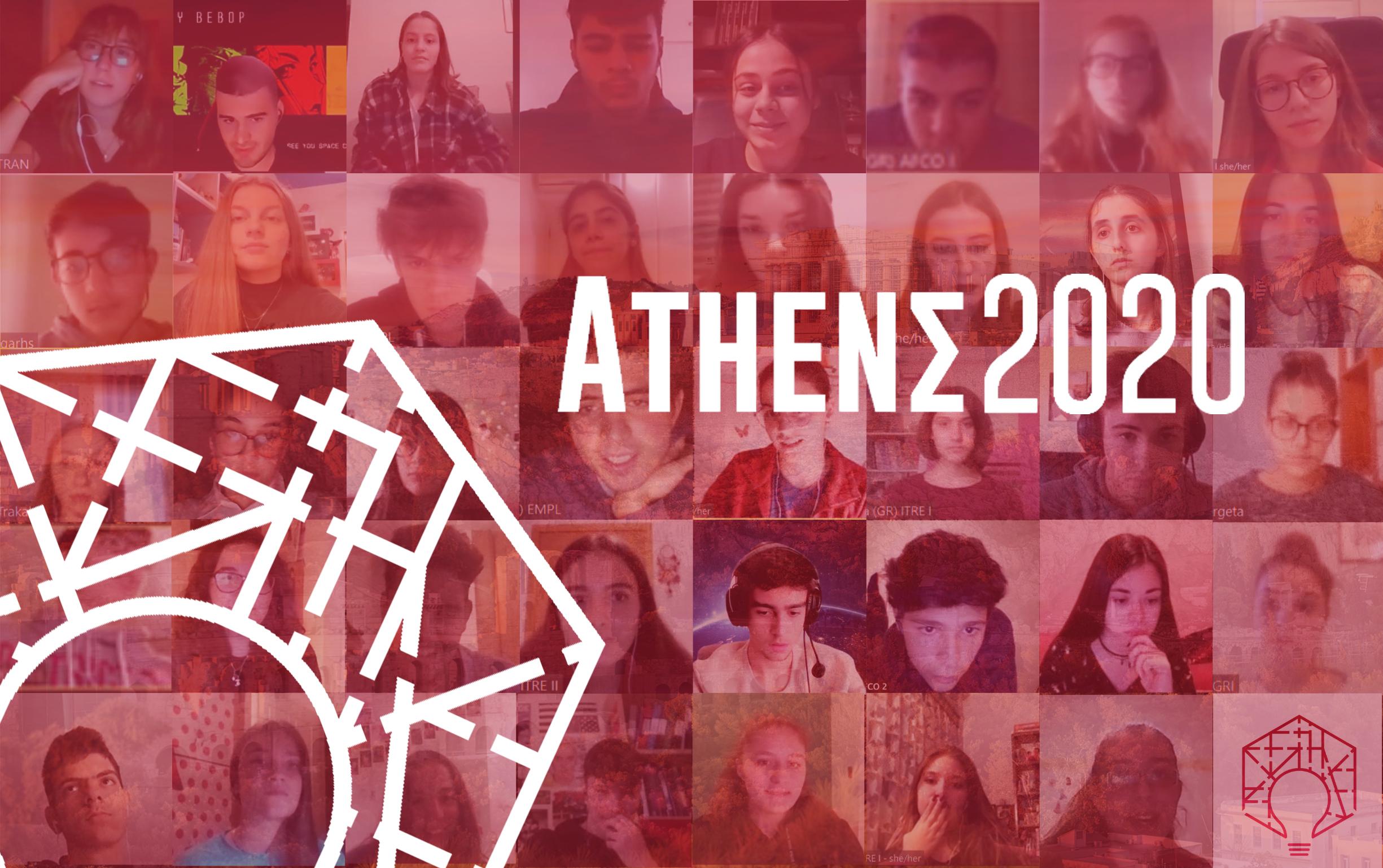
4 minute read
Lets Go Spiralling Together
Article by Natalia Tsoukali (GR)
As the days of the session went one by one, a deadline was approaching, *goggles eyes*. “I HAVE TO WRITE SOMETHING FOR THE ISSUE OF THE SESSION!”. I sprung up from my bed, I decided to make a cup of tea, and while waiting for the water to get heated by the radioactive rays of my microwave (don’t come at me for microwaving it instead of boiling it, please), it hit me right there, right then... DING! The water was ready, like I was ready to take the readers on a trip to my tumultuous thinking process; the after-midnight spiraling that can go on and on and on, until my brain is tired of its very own existence.
Advertisement
But where does the session have a play in this? How long has it been, since I last was on a session? Oh dear, it was a long time ago. I haven’t been on a session since December of 2019, because Covid-19 saw our plans and laughed out loud. But, then again we did have digital sessions since April. Why did I not take part in those? Honestly, they reminded me of all the things I would but couldn’t experience in physical sessions, which were very much out of reach at the time. They literally made me miss something I did not have.
However, when the 41st NSC turned digital, I decided I would stay along in this journey. Like every other session it had the transcending characteristic of being able to break off your routine and warp you in another dimension, where people are kinder, warmer, and work toward common goals, whether this is a resolution, a media project, the successful management of a team, or setting up games for everyone to enjoy.
But, what comes after it? What could follow up to days full of work and fun times, filled with interactions in a day and age where the need for them can not be quenched? And there it is: the spiraling begins again. From a session to not being on one; from an epic high, to an epic low. And spiraling keeps returning, cause had it ever left, or did it just hide, while our brains were too busy to swirl around it?
And sometimes we can feel trapped in our own obsessive thoughts that stretch too much and lead to scary conclusions, that then are also stretched. The thing about spiraling thoughts is that indeed they are like a spiral, and as John Green said in his book “Turtles all the way down”:
“Spirals grow infinitely small the farther you follow them inward, but they also grow infinitely large the farther you follow them out.".
So after all, there could be more to that sensation of getting lost and consumed by your thoughts,, because indeed there is more, and there is also less, and that is absolutely fine. We don’t have to constantly be on a maximum or a minimum to feel the presence and joy of something. What matters is where we shift our focus and how often we stop, breathe in and smell the roses. As Tony Soprano’s psychiatrist said on “the Sopranos” (phenomenal series by the way):
“Anyway, some people take pleasure in the simple doing of things”.
And that can be a good reminder, when post EYP depression hits hard, or when we feel like something is missing, because we are programmed to think something is wrong, when we are not doing something. I hope quarantine has taught you that baking sourdough bread, chatting with friends and family, and taking care of yourselves is also meaningful, when you decide to see the meaning.

Lastly, before ending this piece of writing, I would like to attach this part of John Green’s book: Turtles All the Way Down. I hope you enjoy it...
““So he [a scientist] gives this whole presentation about the history of earth and life on it, and then at the end, he asks if there are any questions. An old woman in the back raises her hand, and says, ‘That’s all fine and good , Mr. Scientist, but the truth is, the earth is a flat plane resting on the back of a giant turtle.’ “The scientist decides to have a bit of fun with the woman and responds, ‘Well, but if that’s so, what is the giant turtle standing upon?’ “And the woman says, ‘It is standing upon the shell of another giant turtle.’ “And now the scientist is frustrated, and he says, ‘Well, then what is that turtle standing upon?’ “And the old woman says, ‘Sir, you don’t understand. It’s turtles all the way down.’” [...] You’re trying to find the turtle at the bottom of the pile, but that’s not how it works.”’




